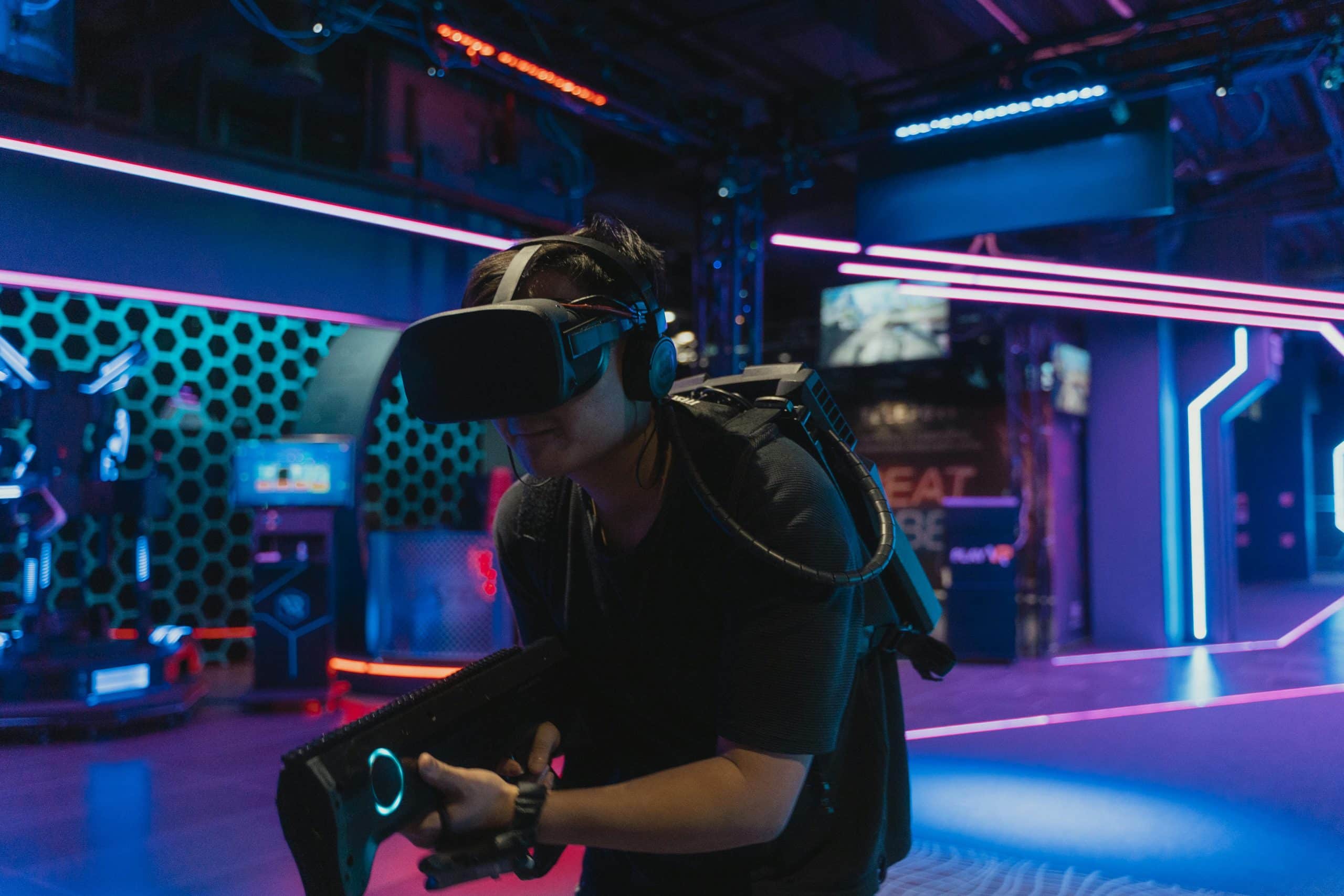What are the most effective strategies for incorporating real-world data into simulation games?

In today's rapidly evolving learning environments, simulation games have emerged as powerful tools for education, professional training, and business strategy development. By immersing learners in realistic scenarios, these simulations enable participants to gain hands-on experience, hone decision-making skills, and achieve their learning objectives more effectively. However, the effectiveness of these learning experiences hinges on the integration of real-world data. This article explores the most effective strategies for incorporating real-world data into simulation games to maximize their educational and training value.
Understanding the Importance of Real-World Data in Simulation Games
Simulation games mimic real-life scenarios, allowing players to navigate complex situations, make decisions, and observe outcomes in a controlled environment. The integration of real-world data enhances the authenticity of these simulations, bridging the gap between theoretical knowledge and practical application. This authenticity is crucial in providing participants with a learning experience that closely mirrors real-world challenges.
En parallèle : How can developers create more engaging stealth mechanics using advanced AI techniques?
Incorporating real-world data into simulation games serves multiple purposes. Firstly, it grounds the simulation in reality, making it more relatable and credible for learners. Secondly, it provides a rich context for decision-making, where players must analyze and interpret real-time information to solve problems. Lastly, real-world data enables the simulation to adapt to changing conditions, keeping the learning experience dynamic and relevant.
For instance, in business simulations, real-world economic data can be used to create market conditions that participants must navigate. Similarly, in medical training simulations, patient data can be used to replicate real-life clinical scenarios. This level of realism not only enhances learning development but also better prepares learners for real-world situations.
En parallèle : How can machine learning be used to enhance player matchmaking algorithms in online games?
Strategies for Integrating Real-World Data into Simulation Games
Successfully integrating real-world data into simulation games involves a thoughtful design process and strategic implementation. The following strategies can help you achieve this:
1. Align Data with Learning Objectives and Scenarios
The first step in incorporating real-world data is to ensure it aligns with the learning objectives of the simulation. Identify the key skills and knowledge that participants need to acquire and select data that supports these goals. For example, if the objective is to improve financial decision-making skills, use real economic indicators, market trends, and financial statements.
Scenarios should be designed to reflect real-world situations where this data would be relevant. By embedding data into the context of the scenario, you create a more immersive and engaging learning experience. Participants will have to analyze and interpret the data to make informed decisions, mirroring the challenges they will face in the real world.
2. Use Dynamic Data Sources for Real-Time Updates
To keep the simulation relevant and up-to-date, consider using dynamic data sources that provide real-time information. This can be achieved through APIs (Application Programming Interfaces) that connect the simulation to live data feeds. For instance, in a business strategy game, you could incorporate real-time stock prices, news feeds, and economic indicators.
Real-time data integration not only enhances the realism of the simulation but also challenges participants to adapt to changing conditions. This dynamic environment helps develop critical thinking and decision-making skills, as learners must respond to real-time events just as they would in the real world.
3. Leverage Data Analytics for Personalized Learning
Data analytics can be a powerful tool in simulation-based learning. By tracking participants' actions and decisions, you can gather valuable insights into their learning progress and identify areas for improvement. This data can then be used to provide personalized feedback and adapt the simulation to meet individual learning needs.
For example, if a player consistently struggles with a particular aspect of the simulation, the system can provide additional resources or modify the scenario to address this challenge. This personalized approach ensures that each participant receives a tailored learning experience that maximizes their development.
4. Incorporate Virtual and Augmented Reality for Immersive Learning
The integration of virtual reality (VR) and augmented reality (AR) can take simulation games to the next level by creating highly immersive learning environments. By combining real-world data with VR/AR technology, you can create lifelike simulations that engage multiple senses and enhance the learning experience.
For instance, in a medical training simulation, VR can be used to create a virtual operating room where participants can practice surgical procedures using real patient data. AR can overlay real-time information on the physical environment, providing contextual data that aids in decision-making.
These immersive technologies not only make learning more engaging but also help participants develop practical skills in a safe and controlled setting.
5. Design Realistic and Relevant Scenarios
While incorporating real-world data is crucial, it is equally important to design scenarios that are realistic and relevant to the learners' context. This means understanding the specific challenges and situations that participants are likely to encounter in their field and creating scenarios that reflect these realities.
For example, in a business simulation game, you might create a scenario where participants must navigate a market downturn using real economic data. This allows them to apply theoretical knowledge to a practical situation, testing their skills in a context that mirrors the real world.
Engaging participants in realistic scenarios not only enhances their learning but also boosts their confidence in applying these skills in their professional roles.
Overcoming Challenges in Real-World Data Integration
While the benefits of incorporating real-world data into simulation games are clear, it is not without its challenges. Addressing these challenges is essential to ensure the effectiveness of the simulation.
1. Ensuring Data Accuracy and Relevance
One of the primary challenges is ensuring that the data used in the simulation is accurate and relevant. Outdated or inaccurate data can undermine the credibility of the simulation and lead to incorrect conclusions. To address this, establish a robust data sourcing and validation process. Regularly update the data to reflect current conditions and ensure it aligns with the learning objectives.
2. Balancing Complexity and Usability
Incorporating real-world data can add complexity to the simulation, which may overwhelm participants and detract from the learning experience. It is essential to strike a balance between realism and usability. Simplify the data presentation and ensure that participants have the tools and resources needed to interpret and utilize the data effectively.
3. Addressing Data Privacy and Security
When using real-world data, particularly in simulations involving personal or sensitive information, it is crucial to address data privacy and security concerns. Implement strict data protection measures and ensure compliance with relevant regulations. This not only protects participants' privacy but also builds trust in the simulation.
Incorporating real-world data into simulation games is a powerful strategy for creating authentic and impactful learning experiences. By aligning data with learning objectives, using dynamic data sources, leveraging data analytics, and integrating immersive technologies, you can enhance the realism and effectiveness of your simulations. Additionally, designing realistic scenarios and addressing challenges related to data accuracy, complexity, and privacy are critical for success.
Ultimately, the goal is to create simulation games that provide participants with a real-world experience that prepares them for the challenges they will face in their professional and personal lives. By adopting these strategies, you can maximize the educational and training value of your simulations, helping learners develop the skills and confidence they need to succeed in the real world.
